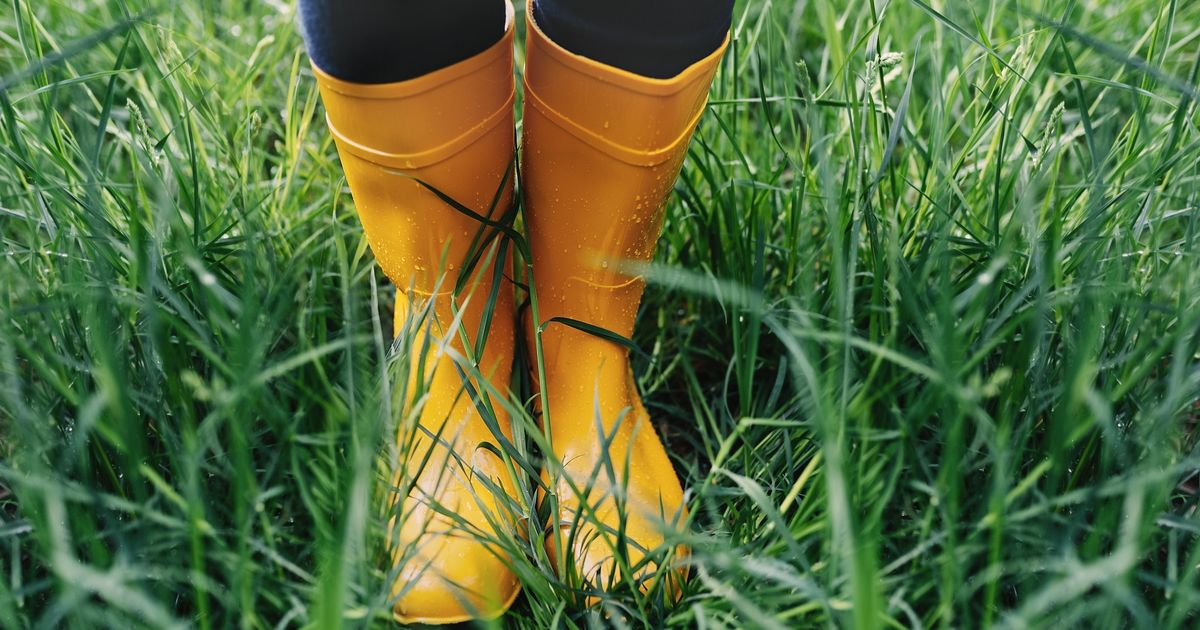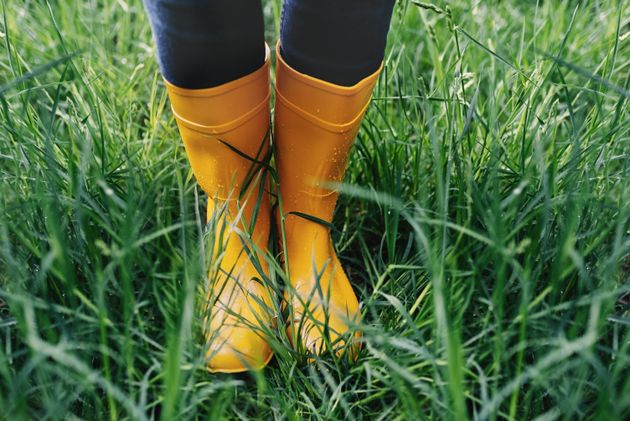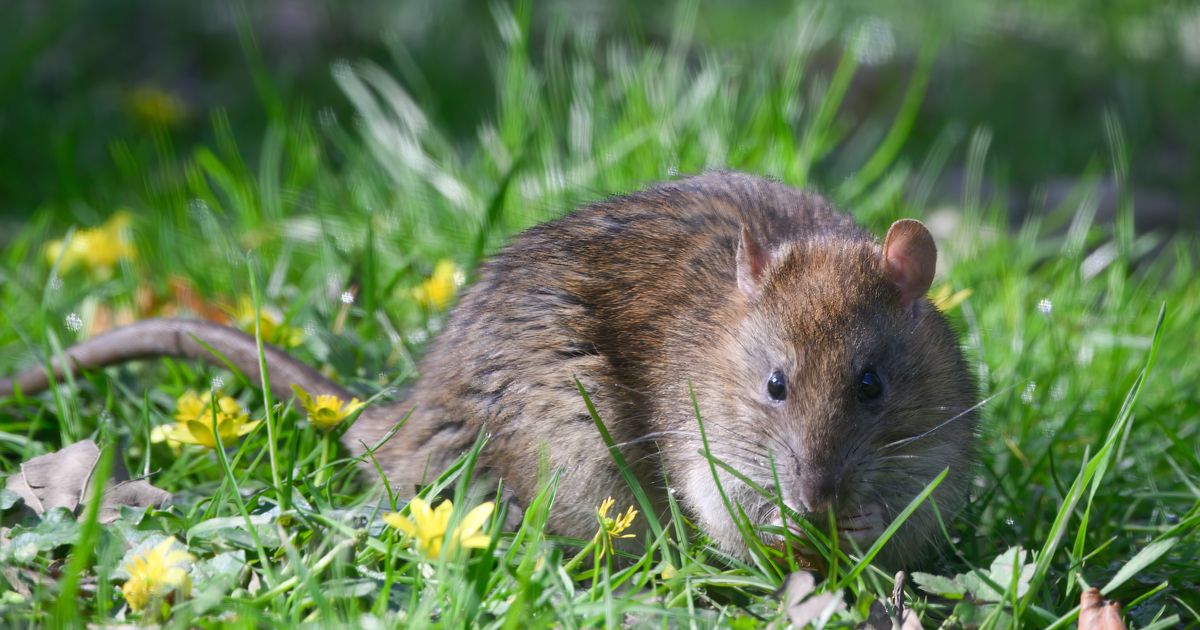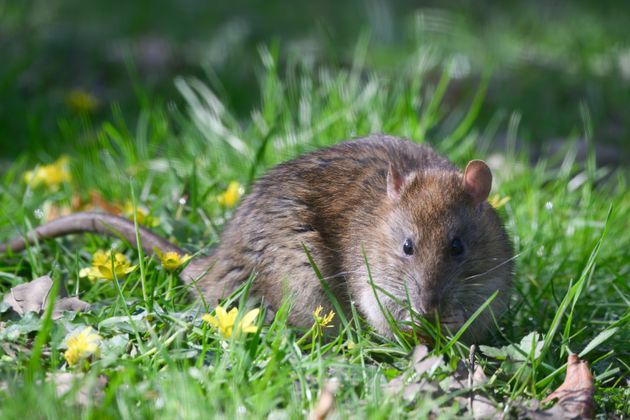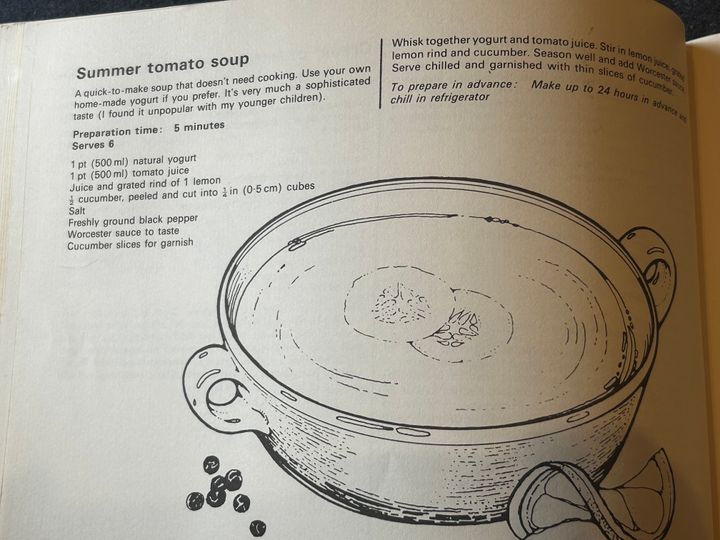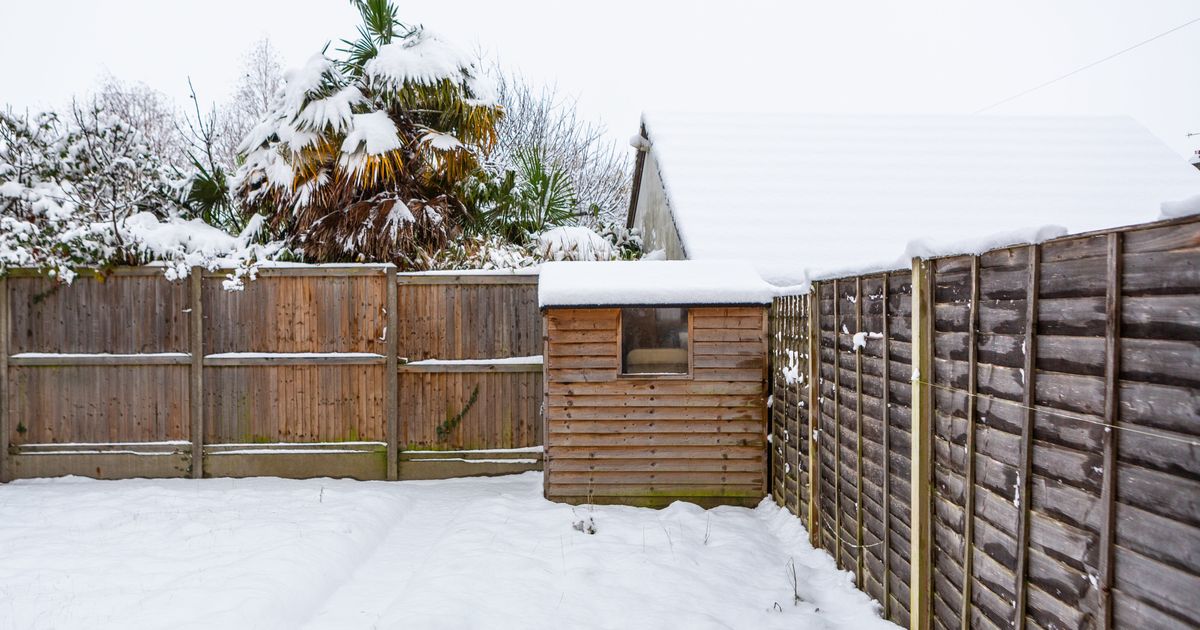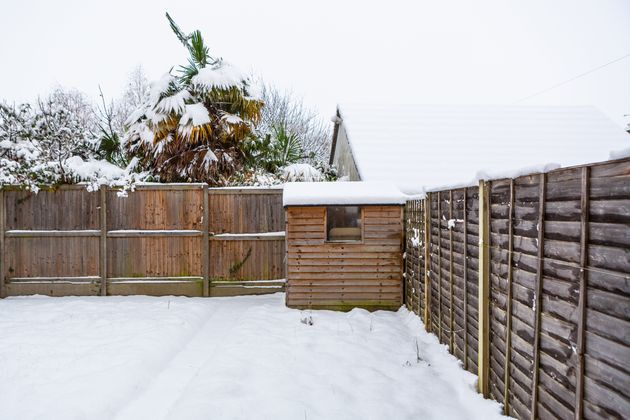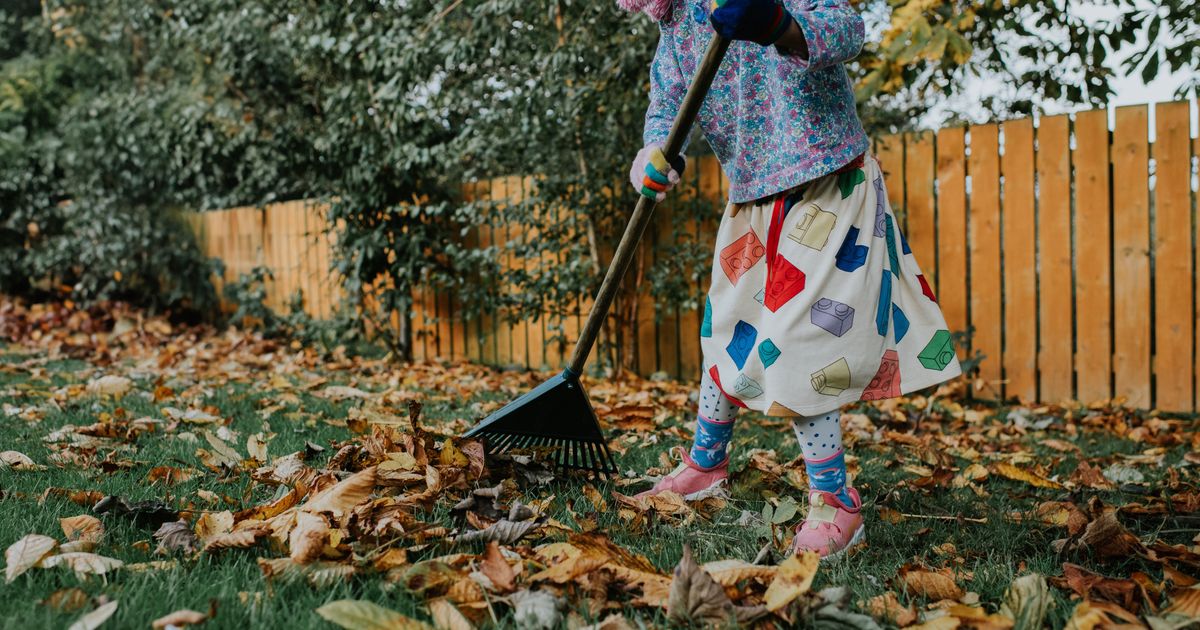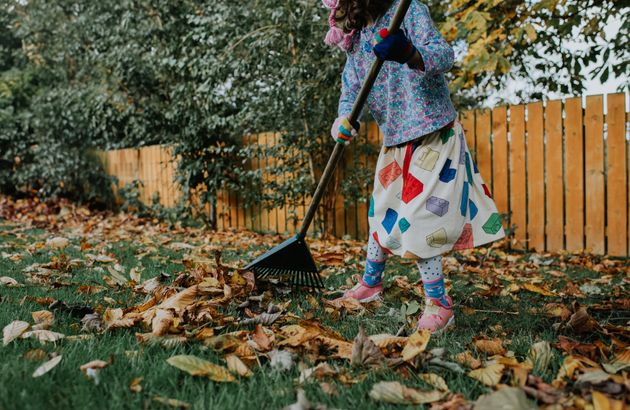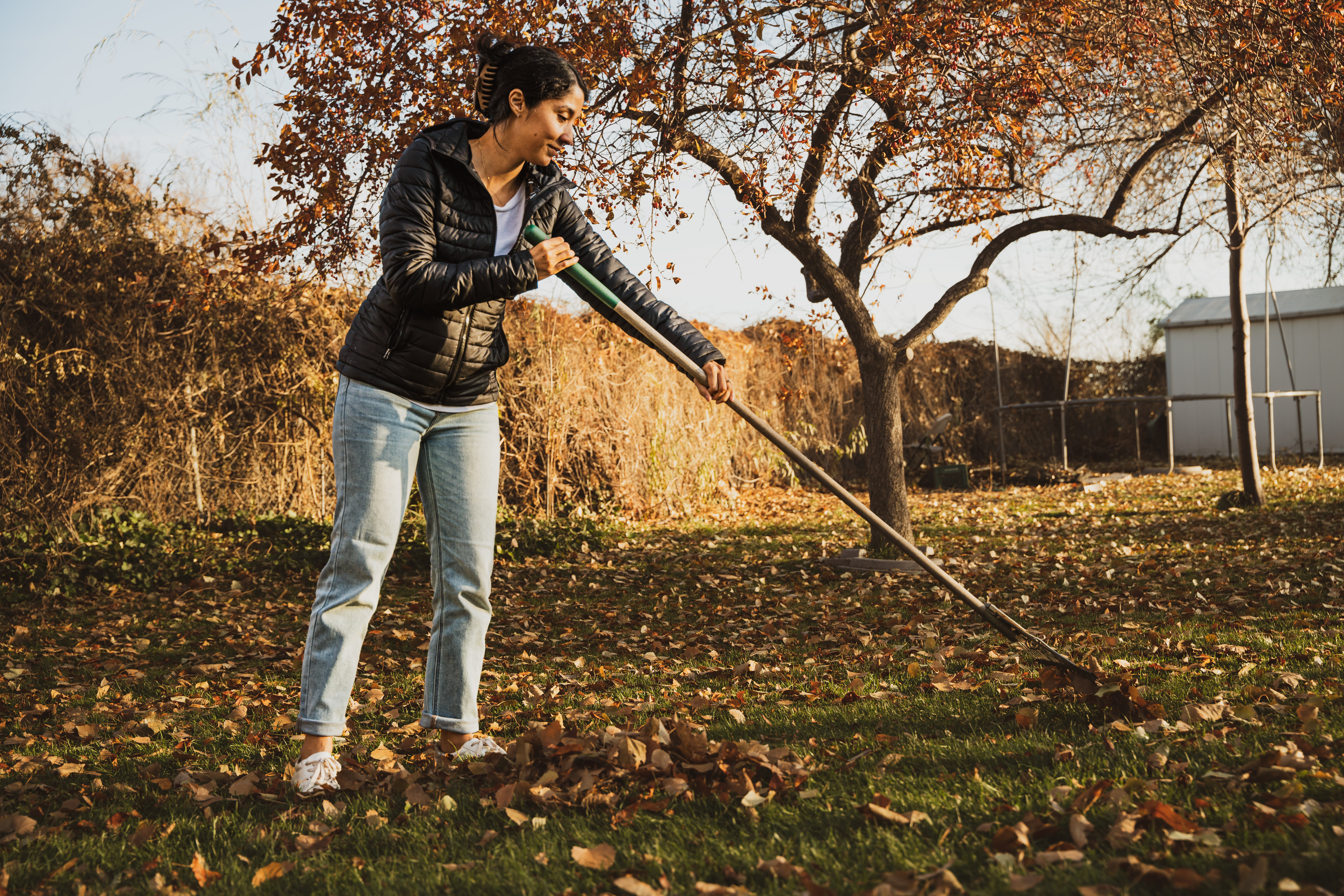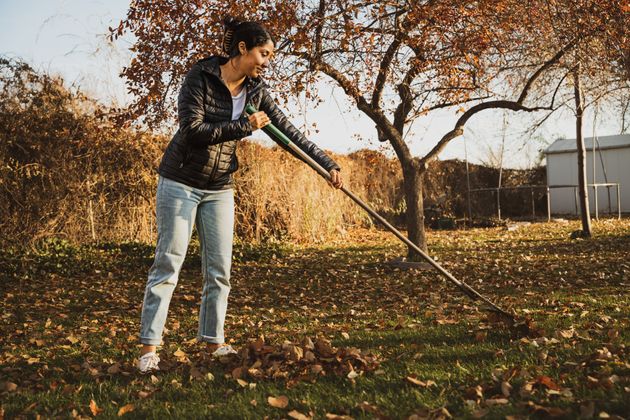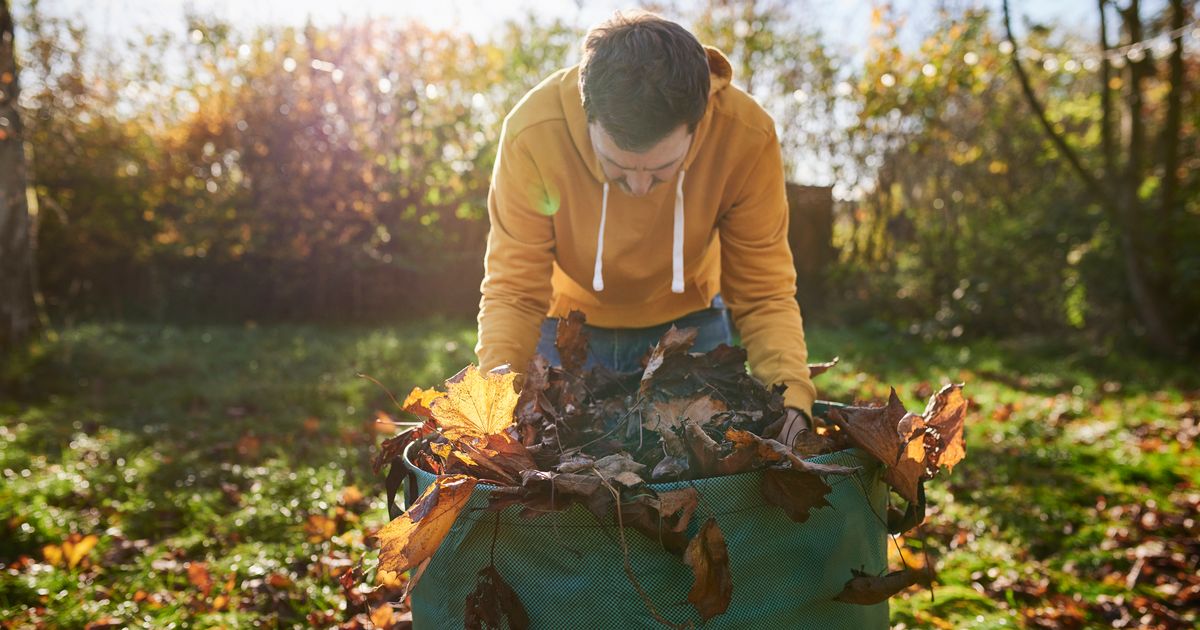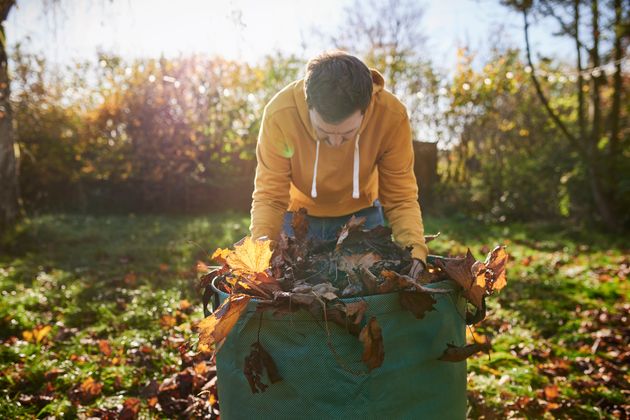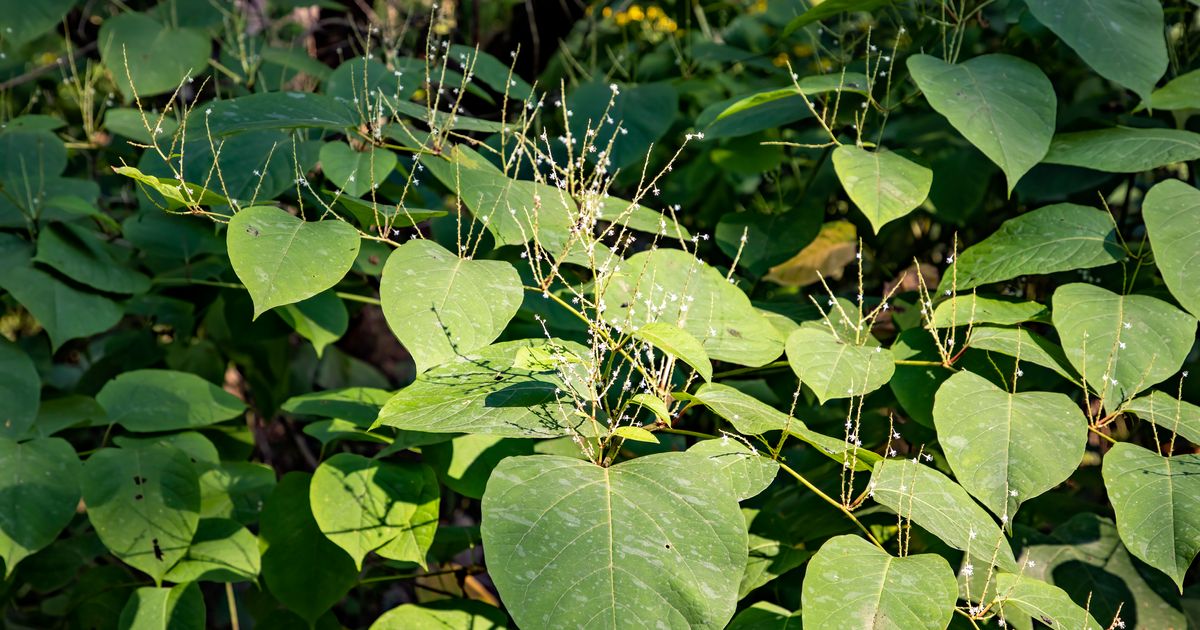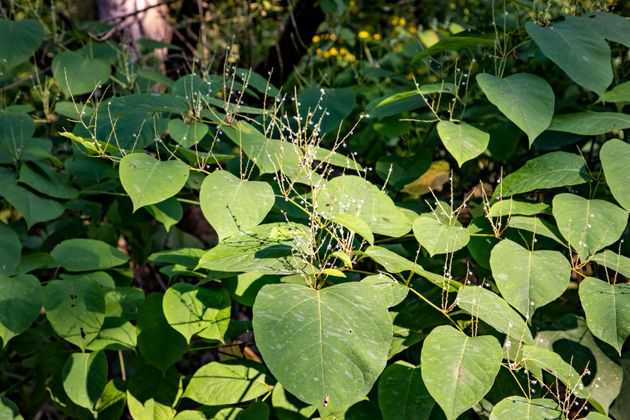
If you’re a keen gardener, you may be looking forward to the coming months as you fill your garden with plants, flowers, and even vegetables – but did you know that you may have actually been watering your plants wrong?
Yep, it turns out that there is a right way to water plants and it definitely isn’t just pouring water from a watering can over them the way that some of us are used to doing.
Advertisement
So, what is the right way to water plants?
According to the Royal Horticultural Society (RHS), there is an art to watering plants, especially if you hope to avoid wasting water and give your plants the best possible chance at flourishing.
According to the RHS, the best time to water is in the mornings as this is when the sun rises and plants will start to use water. They added: “The foliage and soil surface is also likely to stay drier for longer than evening watering, discouraging slugs, snails and mildew diseases.”
Each individual plant has its own watering schedule so it is worth researching the plants growing in your garden to figure out a schedule for keeping them hydrated and thriving.
When you are watering plants, especially if you’re using a watering can, it’s essential to water them at the roots. This is because wet or humid foliage encourages fungal problems and evaporation from surfaces.
Advertisement
The RHS added: “Watering more thoroughly, but less frequently helps get the water down to the deeper root tips.
“It is better to water the garden before drought really sets in, to keep the soil moisture levels even and avoid the soil being continuously dry.”
However, the society warned that soil doesn’t have to be really wet all the time because plants need air as well as water to grow.
What is the best water to use on outdoor plants?
According to the RHS, rainwater is actually best as it’s freely available if you are able to store it. Additionally, tap water requires treatment and often contains more minerals than many plants need.
Who knew?!



